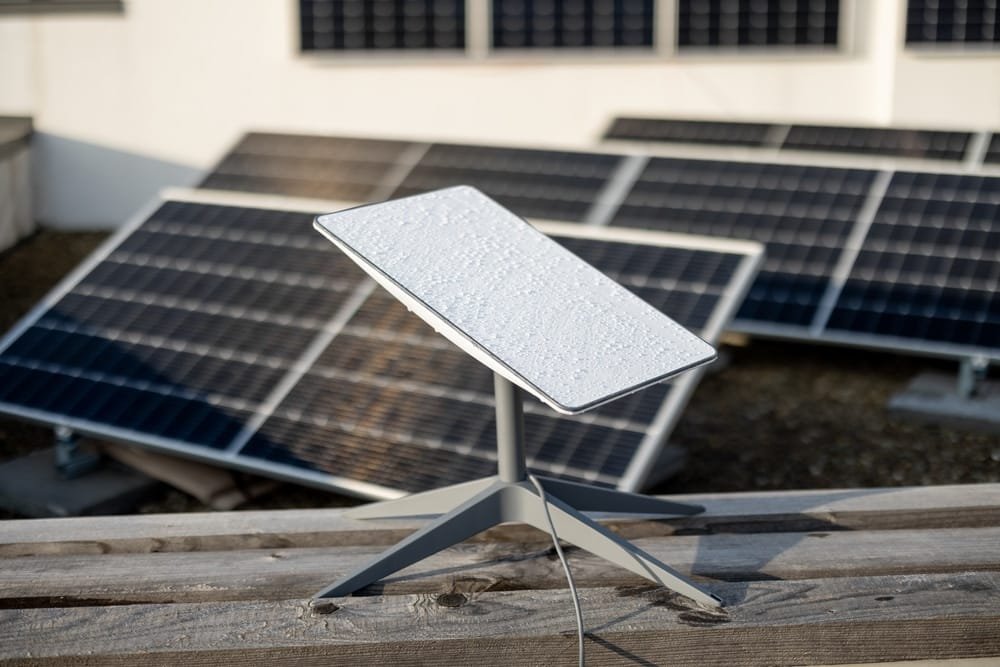The Central Visayas Regional Development Council (RDC), led by Bohol Governor Erico Aristotle Aumentado, has endorsed a solar-powered satellite internet project to boost connectivity in the province’s government hospitals.
The council is seeking funding through the Department of Energy’s (DoE) ER 1-94 program, a mechanism that allocates benefits to communities hosting energy facilities. During its second-quarter meeting in Bohol, the RDC confirmed the project’s eligibility for support under this scheme.
“Under the Electric Power Industry Reform Act of 2001, the DOE directs these generation facilities and provides financial benefits to hosts which the RDC identifies as beneficiaries of ER 1-94,” stated RDC Vice Chairperson Kenneth Cobonpue.
The RDC underscored the project’s potential to strengthen healthcare delivery in Bohol while advancing sustainable, energy-resilient solutions. Through the program, communities can tap into funds that support local development, including health services, environmental protection, and livelihood initiatives.
(Also read: Sustaining Samar’s Fuel Supply Amid Bridge Constraints)
Project at a Glance
On May 13, 2025, Bohol’s local leadership filed the proposal for review, which the RDC’s Infrastructure Development Committee later confirmed met all five core evaluation benchmarks. Cobonpue said the committee assessed the plan’s relevance, practicality, funding needs, environmental impact, and community backing—standards the project successfully fulfilled.
Additionally, the initiative supported the goals outlined in Chapter 17 of the 2023-2028 Regional Development Plan, which prioritizes faster climate action and enhanced resilience against natural disasters.
While backing for the project advanced through Resolution No. 8 (s. 2025), sectoral representative Aurelio Salgados Jr. called for its expansion to include island barangays, which can significantly benefit from satellite connectivity.
“This could provide island residents with the communication facility to direct disaster response operations,” Salgados explained.
(Also read: Negros Power Pushes Upgrade Drive)
Bohol’s clean energy initiatives
Bohol has been ramping up its push for renewable energy as part of its broader strategy to ensure long-term power security. In early June, officials revealed the province now has the capacity to produce at least 90 megawatts (MW) of affordable and sustainable energy.
This milestone followed the successful integration of a redundancy system through the National Grid Corporation of the Philippines’ (NGCP) Cebu-Bohol Interconnection Project, which enabled an additional 230 kilovolts (kV) of electricity to flow into the province from the national grid.
In addition to its three hydroelectric facilities located in Loboc, Sevilla, and Balilihan, Bohol marked a major milestone in November 2024 with the launch of its first—and largest—solar energy plant, further cementing its shift toward clean power sources.
PetroGreen Energy Corp. (PGEC) announced that its 27-MW Dagohoy Solar Power Plant has the capacity to deliver clean energy to approximately 15,000 households, benefiting an estimated 77,400 residents.
Just weeks ahead of the May elections, construction began on a 45-MW solar power plant in the town of Sevilla, marking a significant step that brought Bohol’s total solar capacity to around 90 MW.
Tagbilaran City’s power distributor, Bohol Light Company, also took a major step toward sustainability earlier this year by securing supply from an 8-MW solar facility. The shift to clean energy supports the city’s emergence as a growing commercial hub.
Sources:
https://pia.gov.ph/regl-devt-council-endorses-bohol-satellite-internet-project-for-doe-funding
https://pia.gov.ph/bohol-now-has-potential-to-generate-around-90-megawatts-of-sustainable-power
https://newsinfo.inquirer.net/2009954/bohols-1st-solar-power-plant-opens


